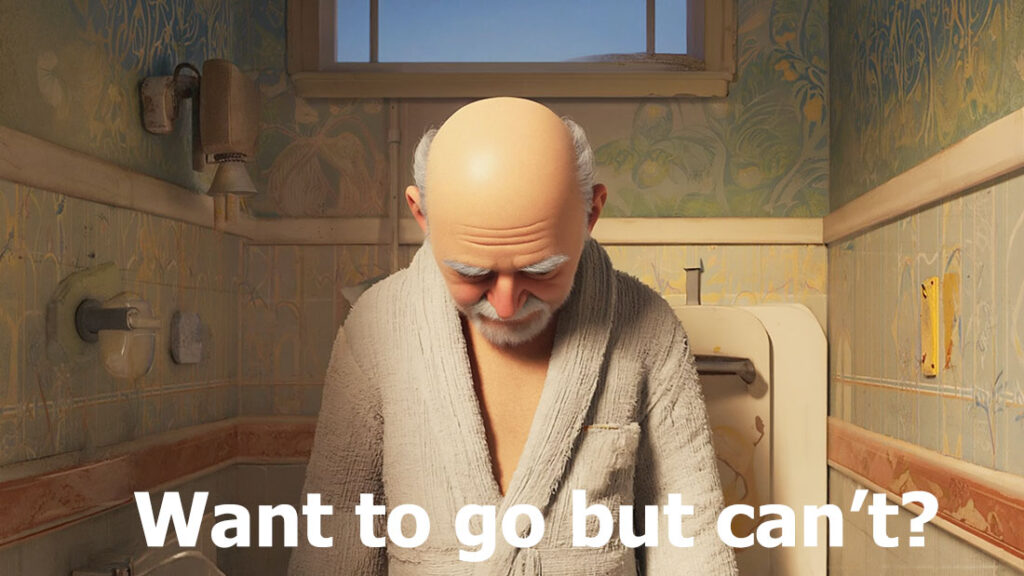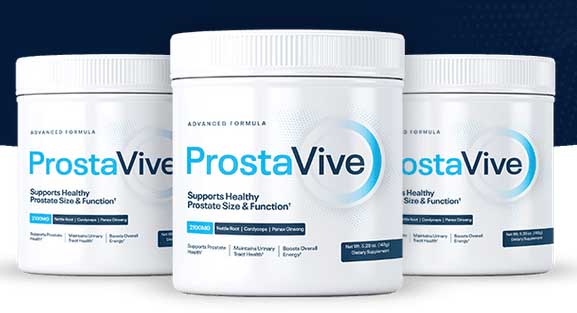Dihydrotestosterone and Prostate Growth: An Unnecessarily Entertaining Deep Dive
Alright, folks. Buckle up. We’re about to talk about dihydrotestosterone (DHT) and its relationship with prostate growth. I know, I know—why settle in for a casual read on sports cars when we could be discussing a hormone that makes your prostate grow like a toddler hopped up on pixie sticks?
The Basics: What the Heck is DHT?
Dihydrotestosterone, or DHT for those of us who prefer to sound like we know what we’re talking about, is an androgen. That’s a fancy way of saying “manly hormone.” Think of it as testosterone’s edgier, more aggressive cousin—the one who rides a motorcycle and refuses to call ahead before showing up at family dinners.
DHT is made from testosterone via an enzyme called 5-alpha reductase. Picture this enzyme as a bartender, whipping up a testosterone cocktail with a little extra kick. The result? DHT, a hormone that’s about 2.5 times more potent than its precursor. It binds to androgen receptors and says, “Alright, guys, time to turn this puberty thing up to eleven.” It’s responsible for male secondary sexual characteristics—facial hair, a deeper voice, and that general aura of confidence-tinged-with-mild-recklessness.
The Prostate: A Small Gland with Big Aspirations
Now, let’s talk about the prostate—because if you have one, you probably should. If you don’t, well, stick around. You might learn something.
The prostate is a walnut-sized gland chilling just below the bladder, surrounding the urethra like an overenthusiastic hugger at a family reunion. It’s responsible for producing a fluid that helps keep sperm mobile and alive—essentially the hype man of reproductive fluids.
In your youth, the prostate is relatively well-behaved. But as you get older, it starts growing—sometimes a little, sometimes a lot. Enter benign prostatic hyperplasia (BPH), a condition that makes urinating feel like trying to get toothpaste out of a nearly empty tube. You know, the kind of fun experience that reminds you that aging is just one long, slow betrayal.
DHT and Prostate Growth: The Plot Thickens
So, how does DHT fit into this prostate-growing saga? Well, the prostate is loaded with androgen receptors, and DHT has a VIP pass to bind to them. When it does, it tells the cells in the prostate to grow. It’s basically like an overzealous gym trainer yelling, “Grow! Grow! Grow!” at your glandular tissue.
In younger men, this is a good thing. It helps the prostate develop and do its job. But as we age, DHT just doesn’t know when to quit. It keeps pushing growth signals like an ambitious real estate developer, leading to an enlarged prostate that makes peeing an Olympic event of patience and determination.
BPH and The Many Joys of a Big Prostate
Benign prostatic hyperplasia (BPH) is the fancy medical term for “Congratulations, your prostate is now auditioning for a larger role in your life.” It’s a non-cancerous growth that affects a staggering percentage of aging men. Symptoms include:
- Frequent urination, especially at night (because, of course, this happens when you want to sleep)
- Weak urine stream (it’s not a fire hose anymore, it’s a drippy faucet)
- Feeling like you still need to go even when you just went (the most frustrating déjà vu ever)
And yes, DHT is a major driver of this process. Blocking its production can help shrink the prostate and alleviate symptoms. Enter 5-alpha reductase inhibitor meds, which basically work by saying, “Hey, how about we stop converting so much testosterone into this overbearing gland-growing monster?”
The Bald Truth: DHT, Hair Loss, and Prostate Growth
At this point, you might be wondering: “Wait, isn’t DHT also responsible for hair loss?” Ding ding ding. That’s right! DHT not only contributes to prostate growth but also enjoys causing male pattern baldness. It’s basically the villain in two completely different storylines—like if Thanos was also the main bad guy in a romantic comedy.
Ironically, the same drugs that reduce DHT to help with an enlarged prostate can also slow hair loss. But here’s the kicker—some men experience sexual side effects from these medications. Yes, that’s right: trade in a full head of hair and a smaller prostate for… let’s say, “less enthusiastic” bedroom performance. Life is all about choices, isn’t it?
Dihydrotestosterone and Prostate Growth: Do We Really Need DHT?
Here’s the controversial part: After puberty, DHT doesn’t seem to serve much purpose beyond making your hair fall out and your prostate grow. It’s like a houseguest who refuses to leave and insists on rearranging your furniture in the most inconvenient way possible.
But before you go declaring war on DHT, remember that hormones work in complex systems. Messing with one can have unintended consequences elsewhere. Lowering DHT levels too much can lead to low libido, fatigue, and even depression. So, while keeping it in check might be beneficial for some, you probably don’t want to throw the baby out with the androgenic bathwater.

Final Thoughts on Dihydrotestosterone and Prostate Growth: To Block or Not to Block?
If your prostate is behaving like a rebellious teenager, causing BPH symptoms and making your life miserable, reducing DHT might be a great option. If you’re just worried about losing your hair, well… that’s another discussion. Either way, it’s a classic case of hormonal overachievement—DHT helps you become a man, and then spends the rest of your life making things more difficult. Thanks, biology.
So, there you have it. DHT: the hormone that gives with one hand and takes with the other. If only it had the self-awareness to know when to quit.
Best
Al
PS Want to add to the conversation? Leave a comment below!
